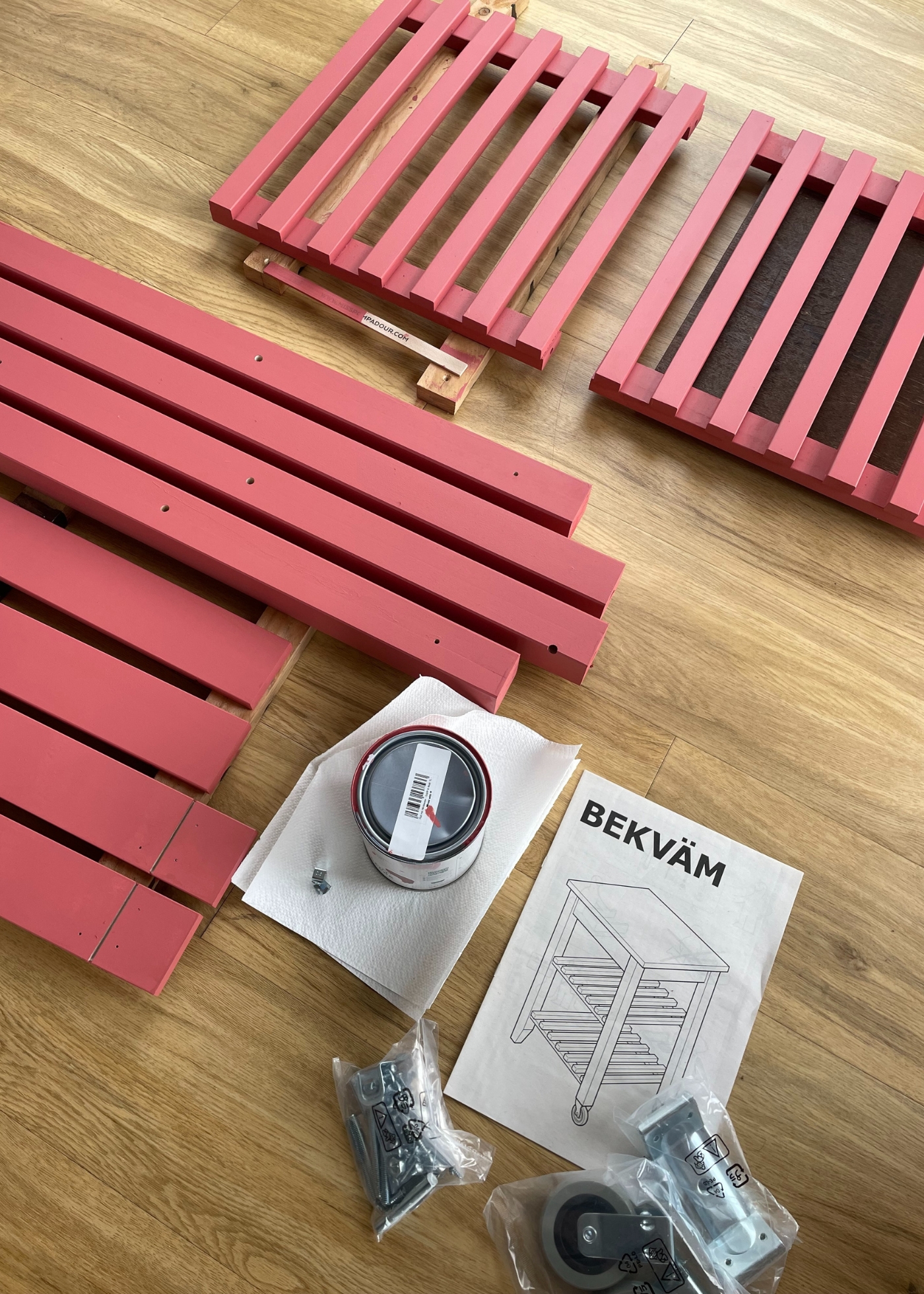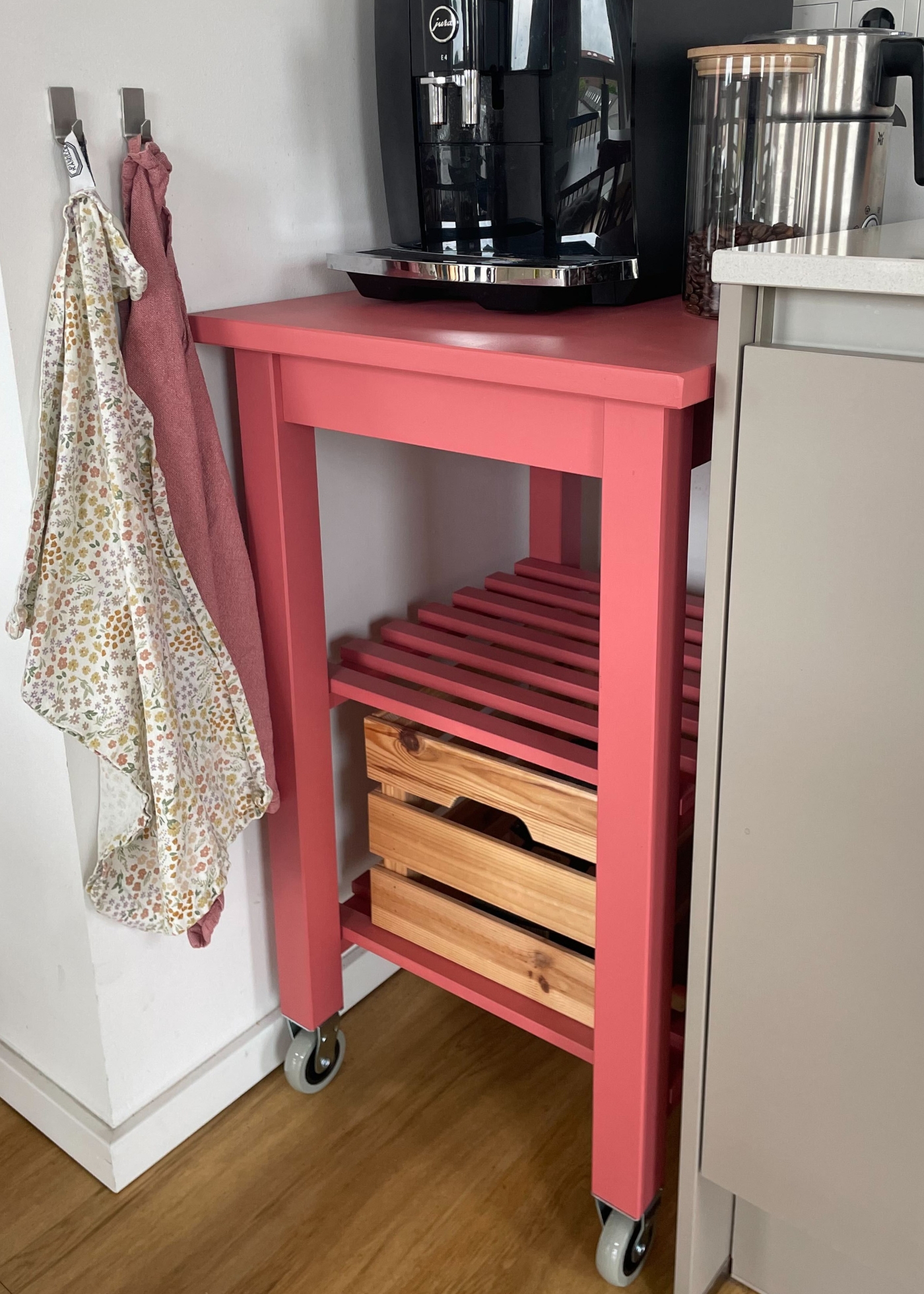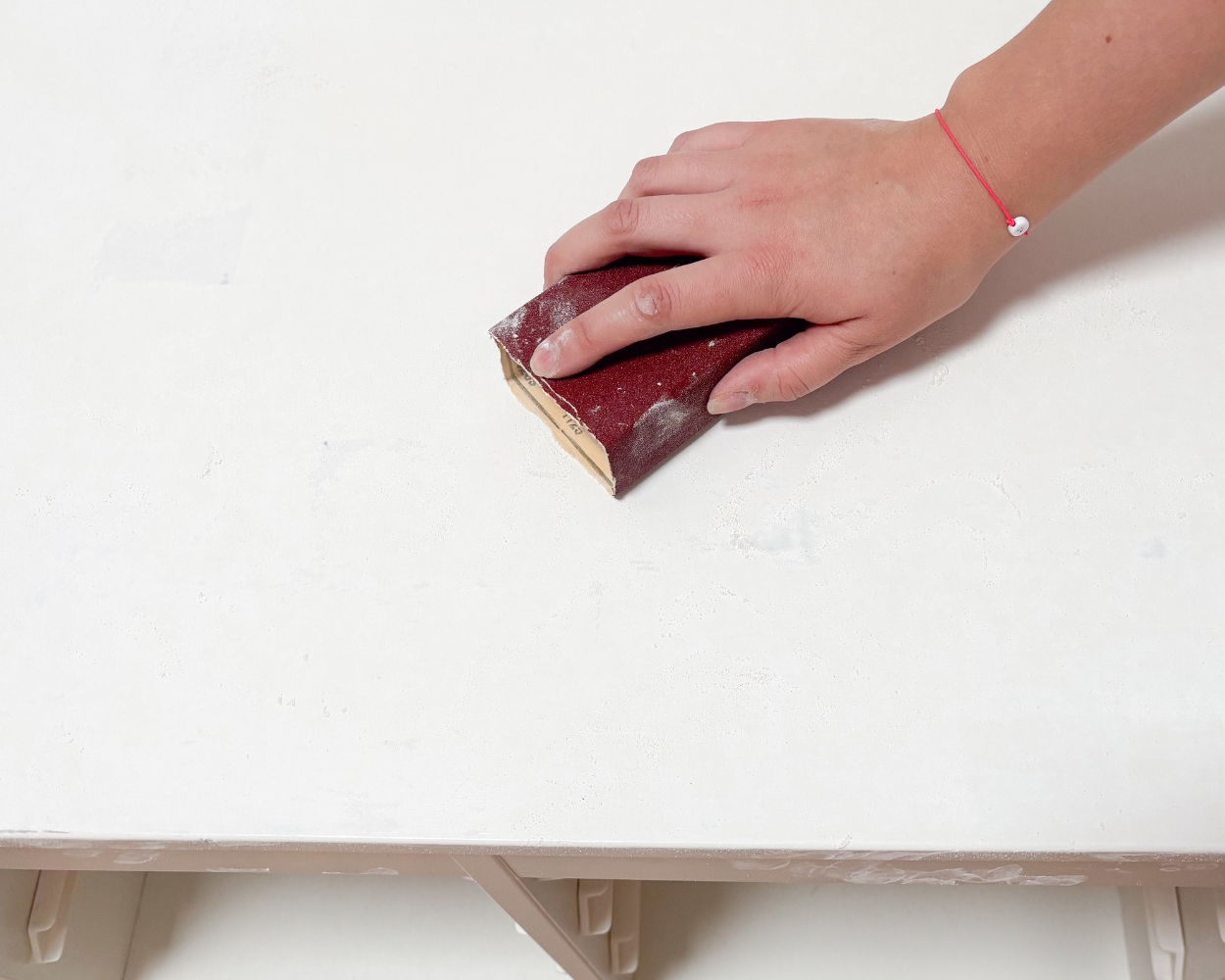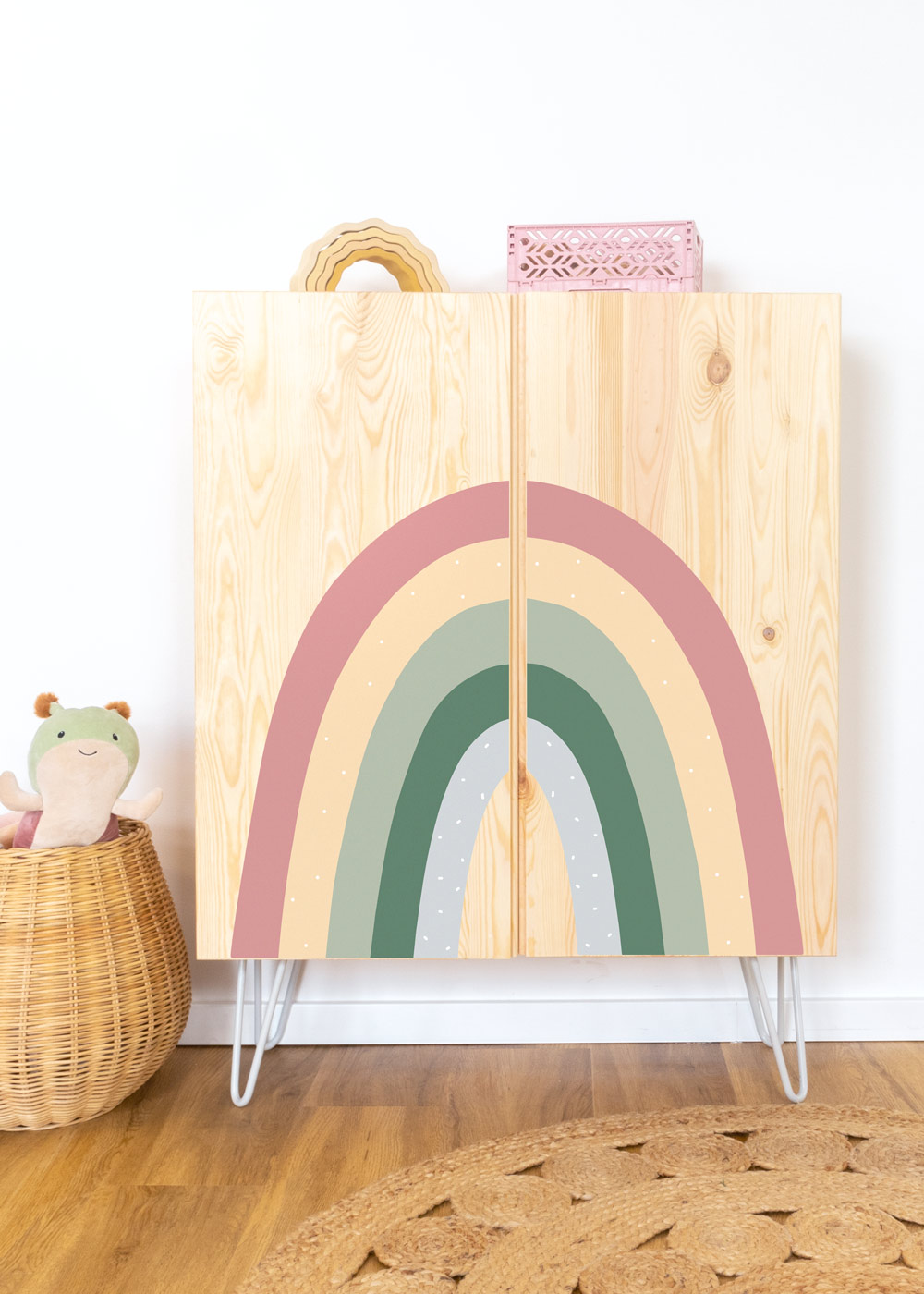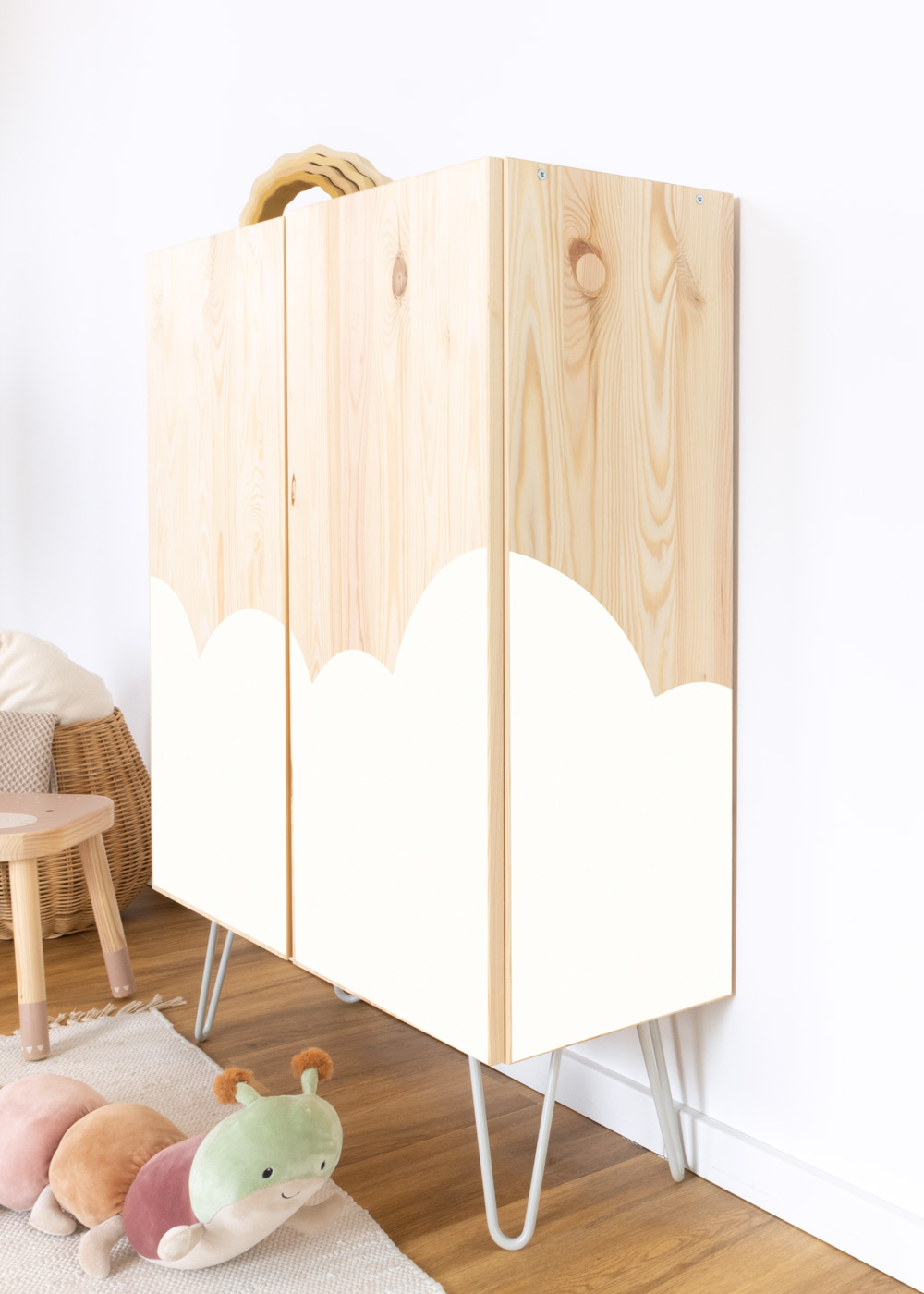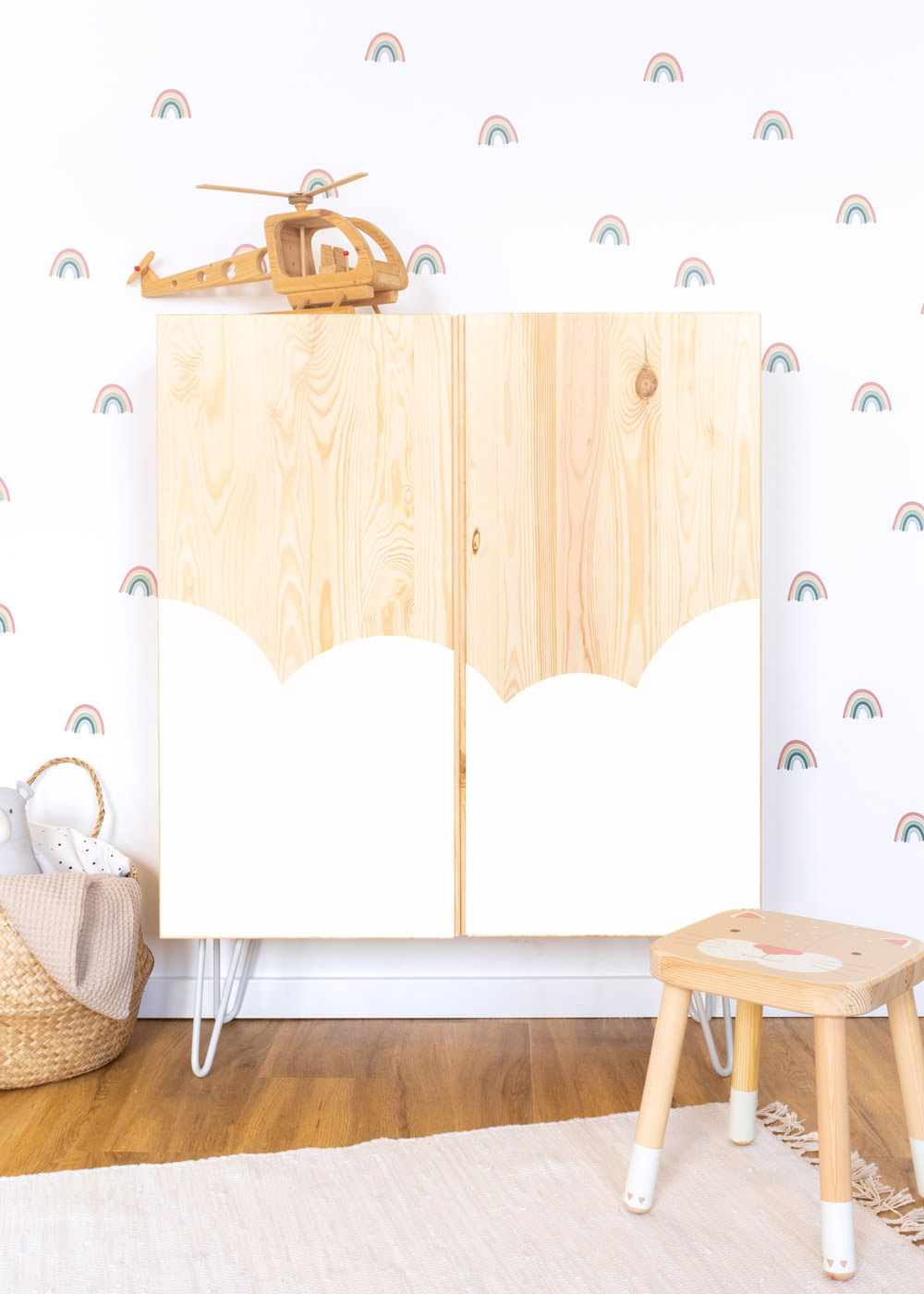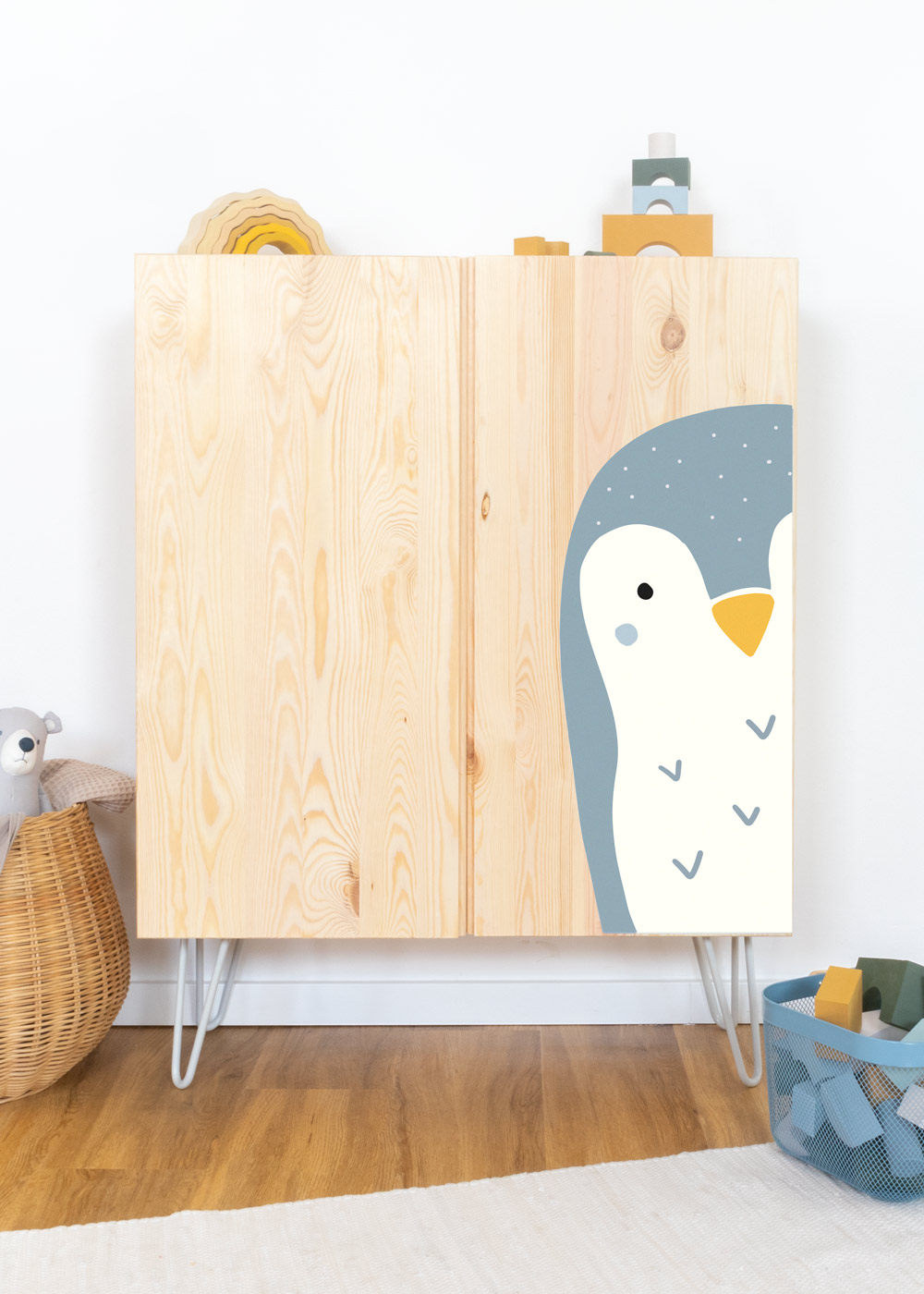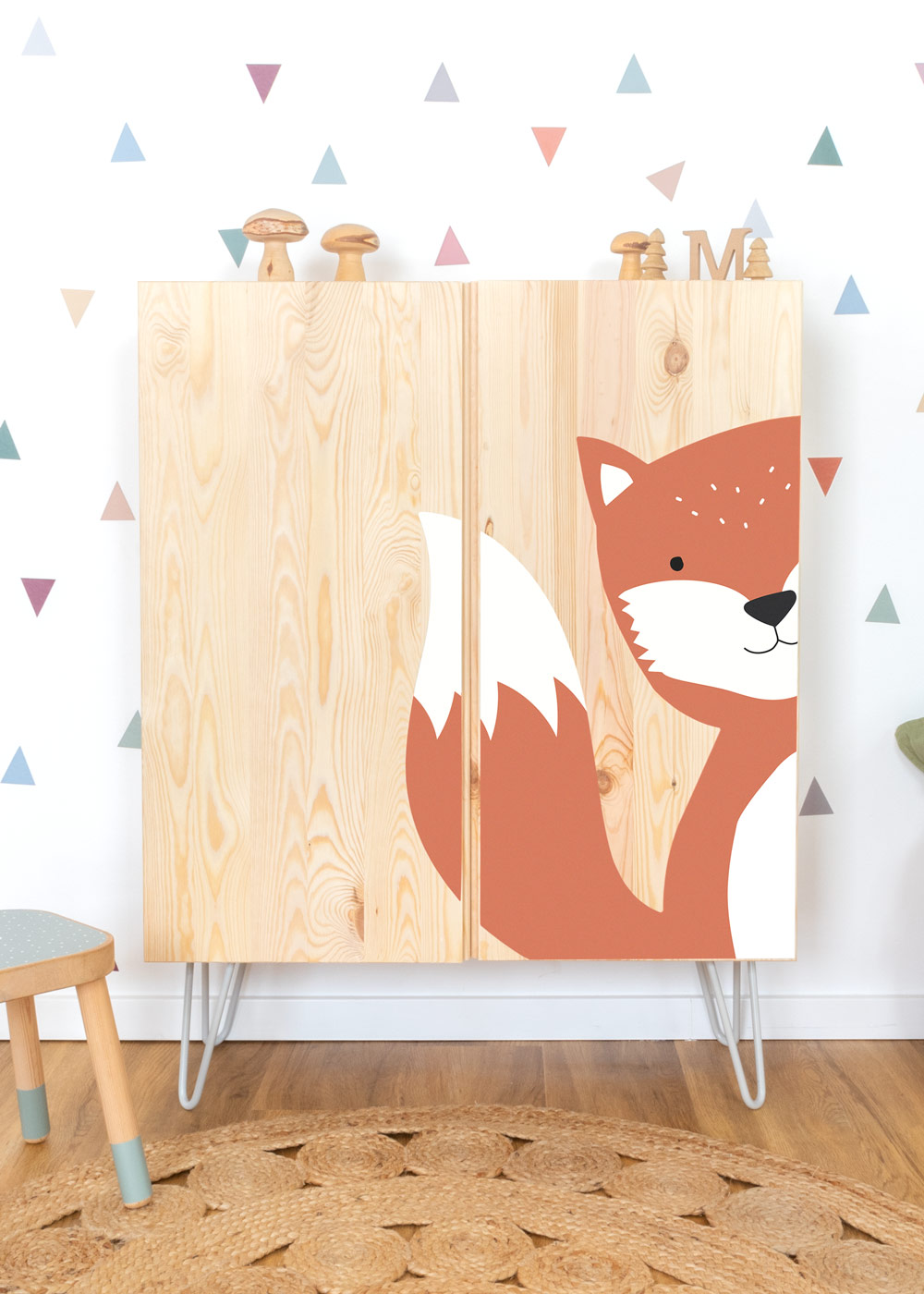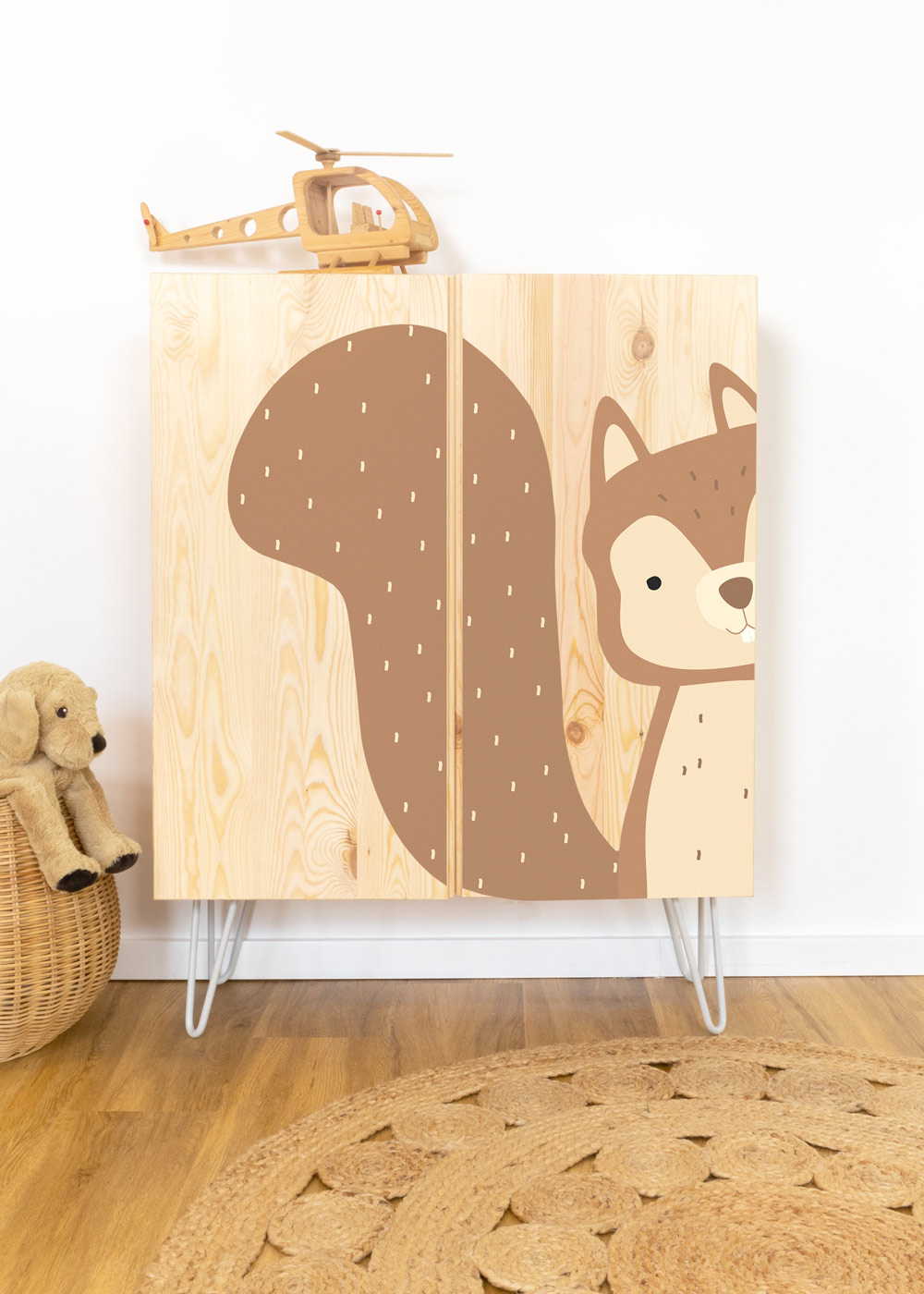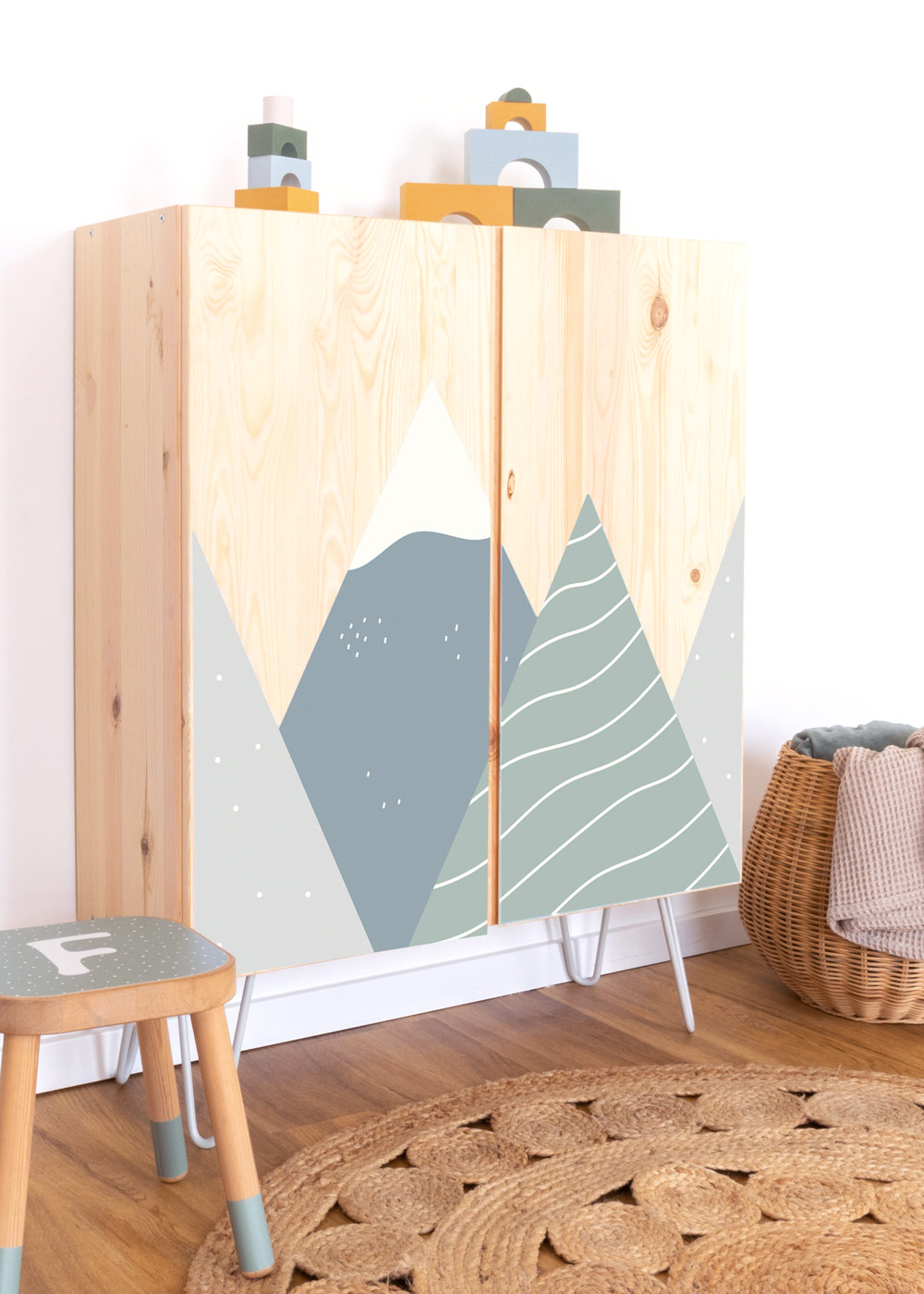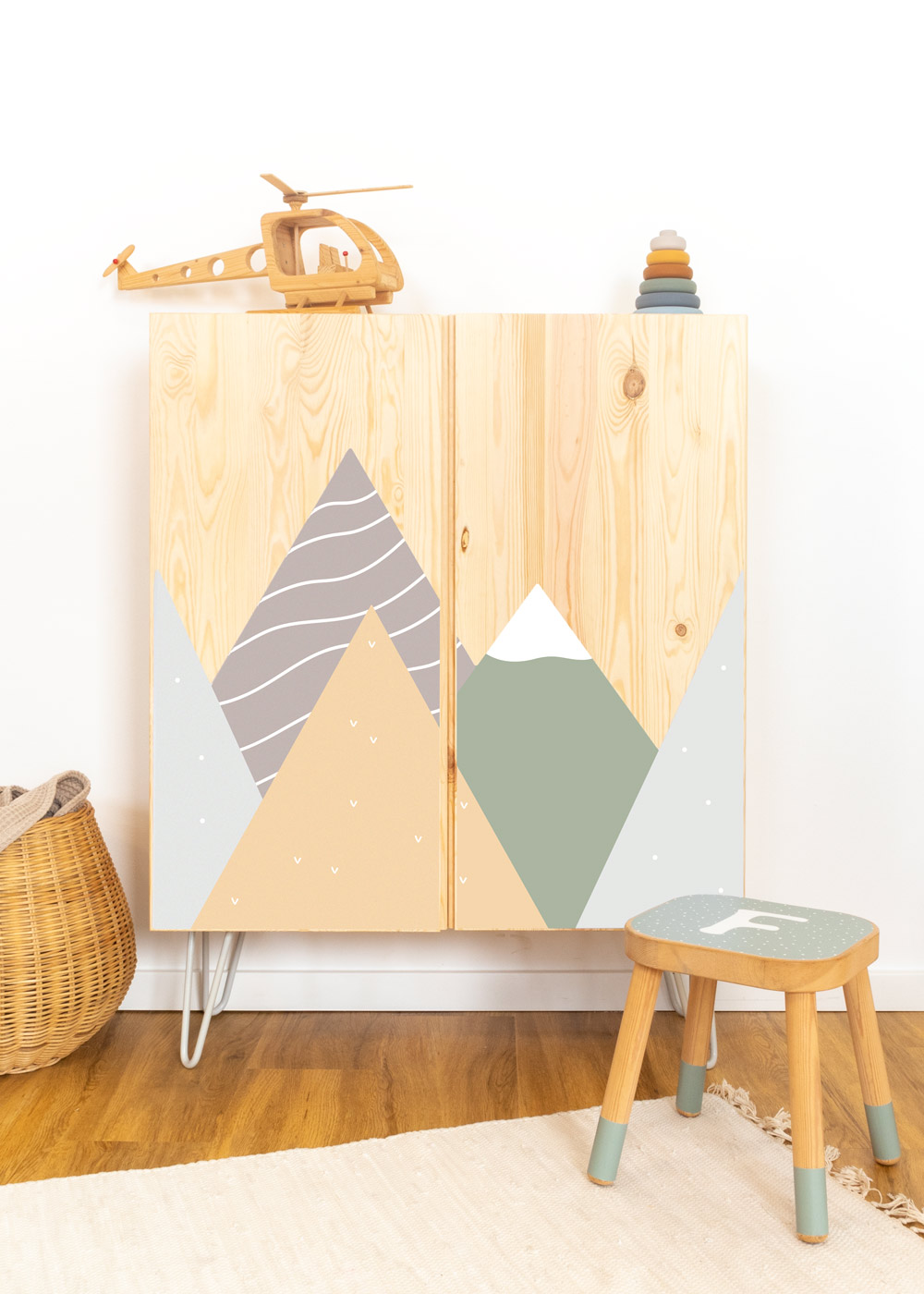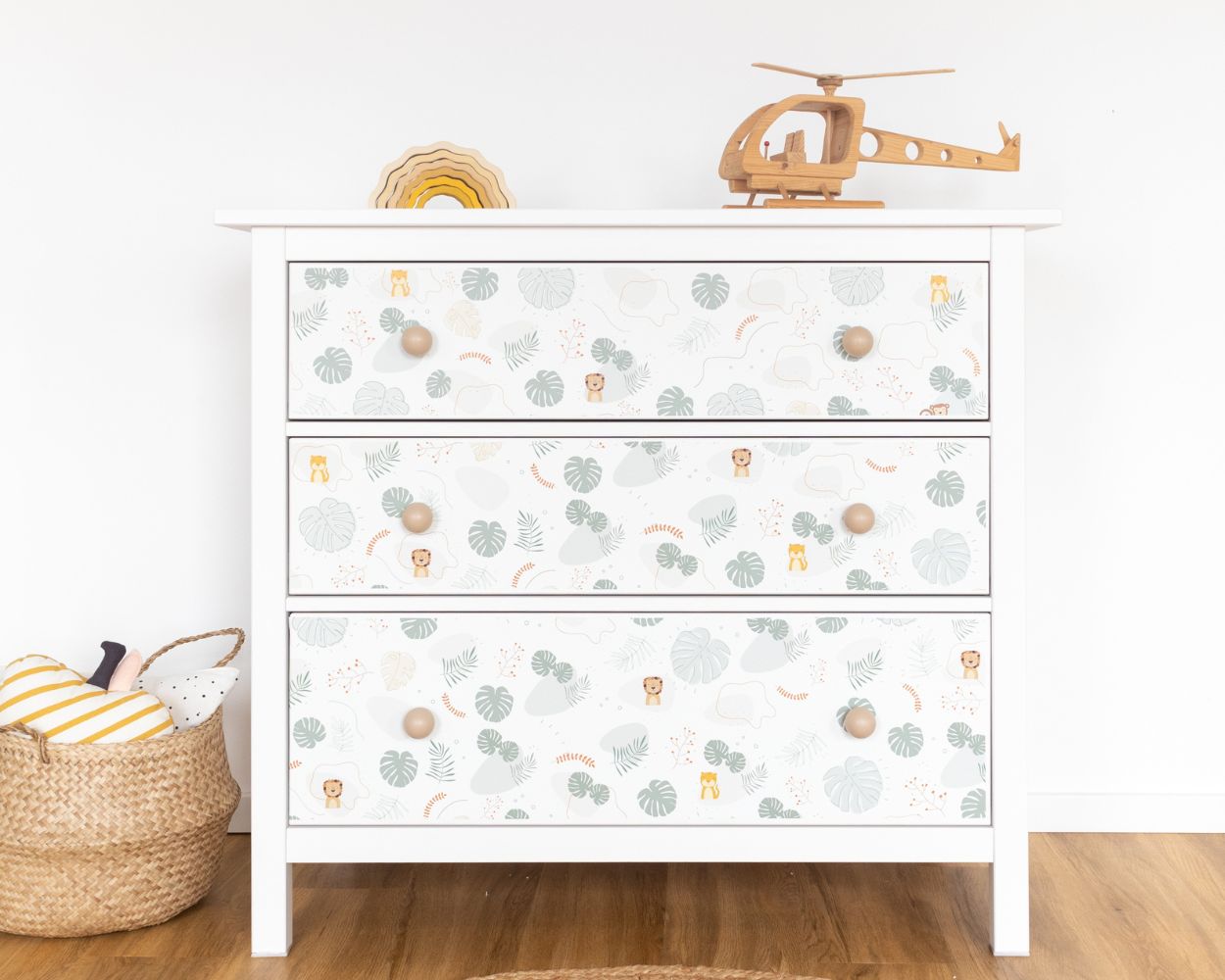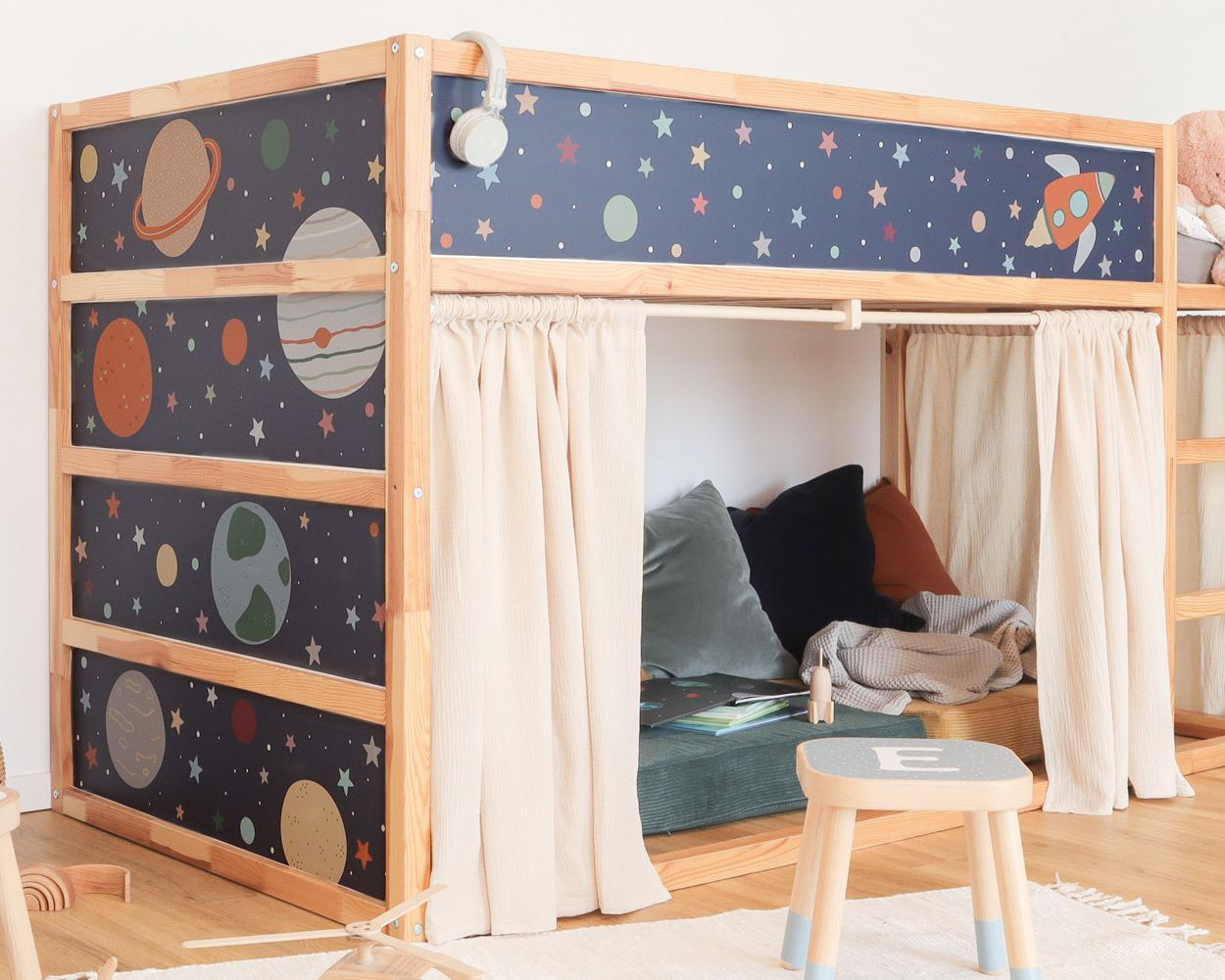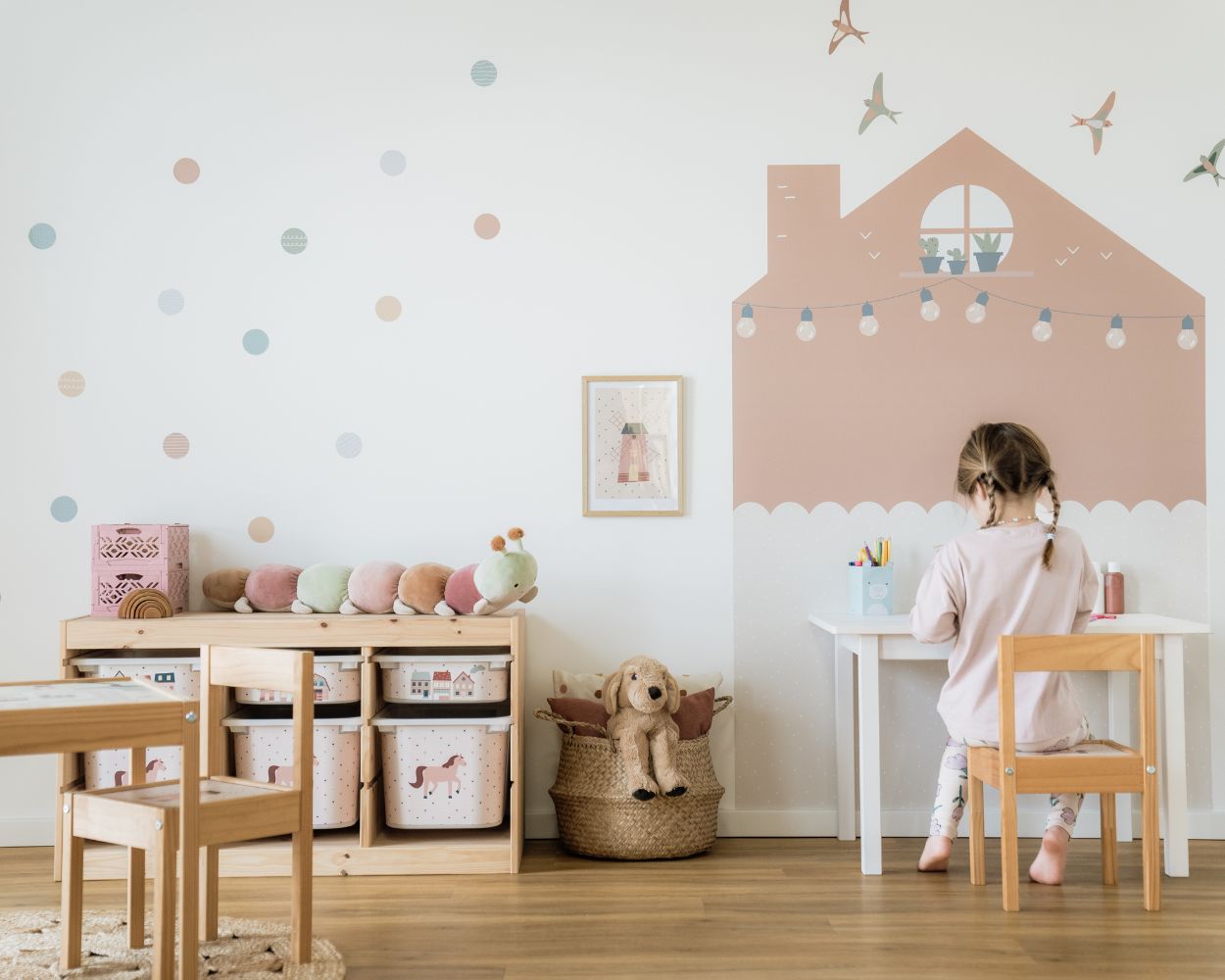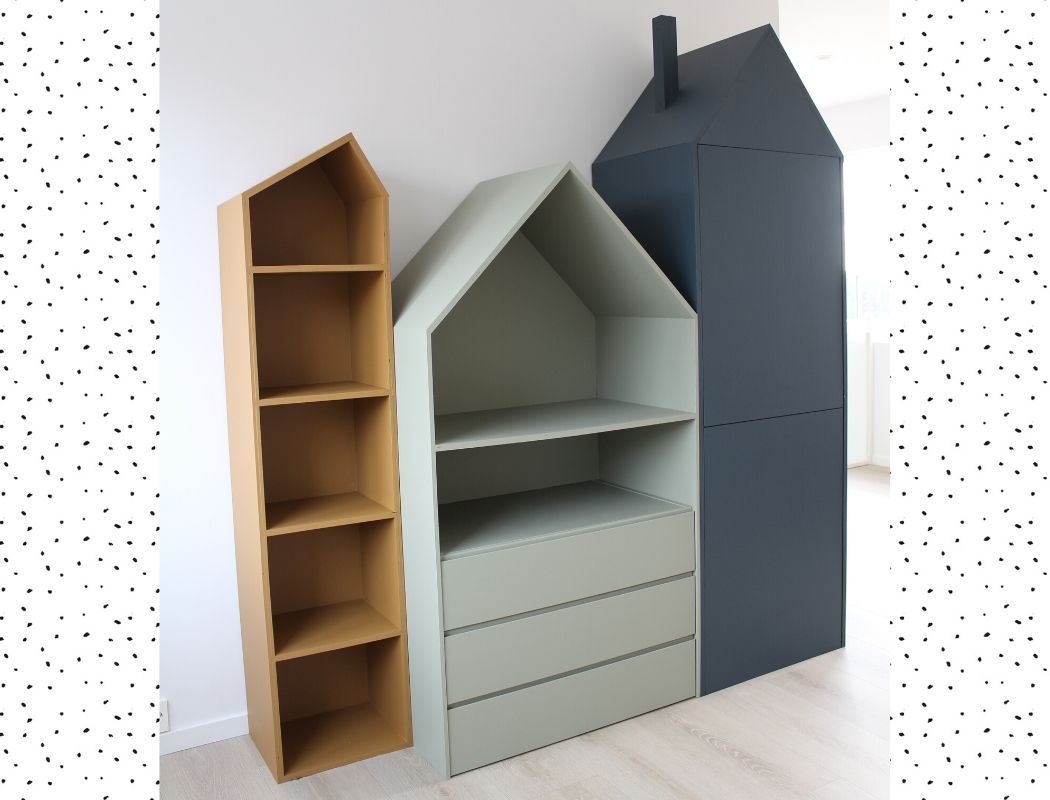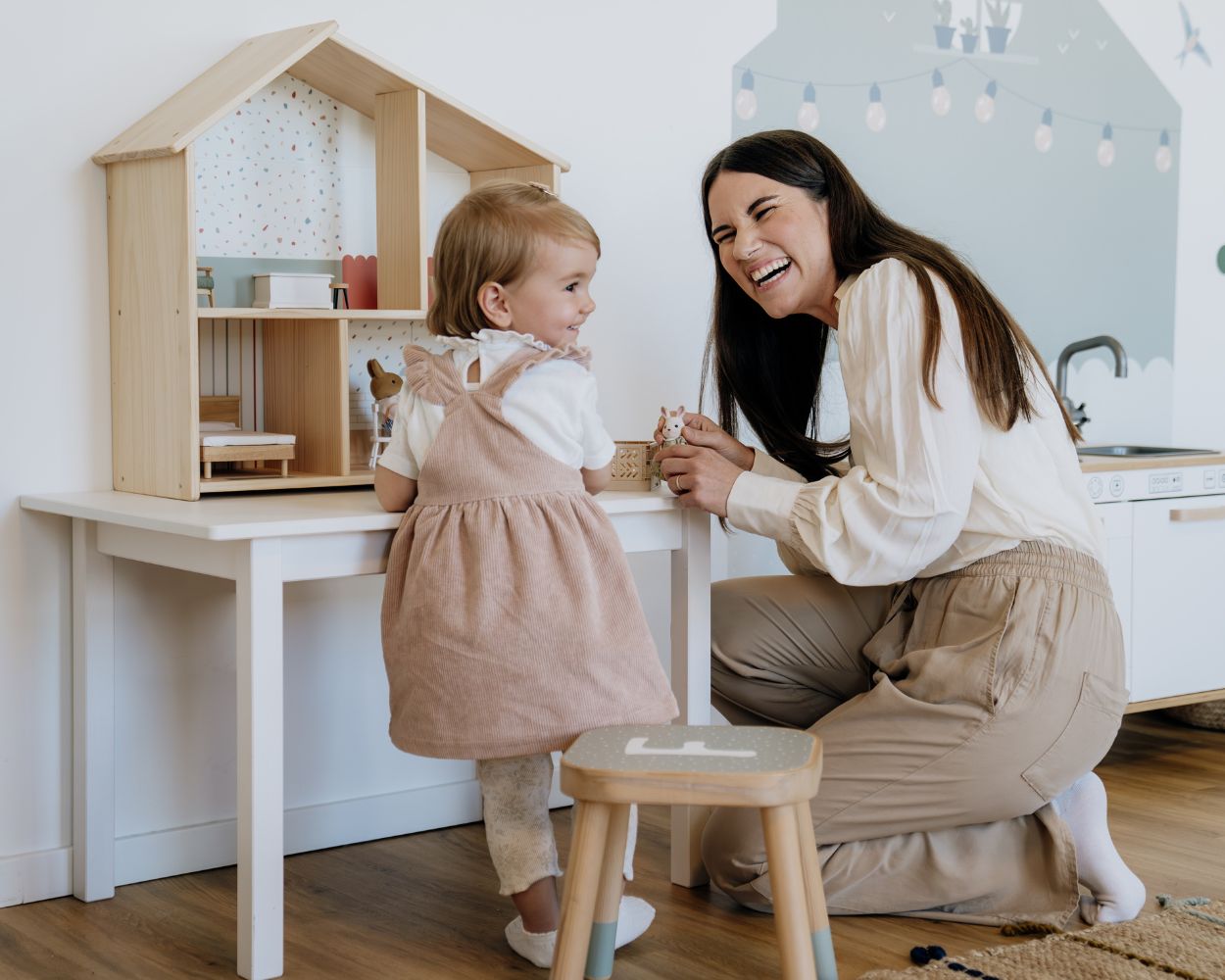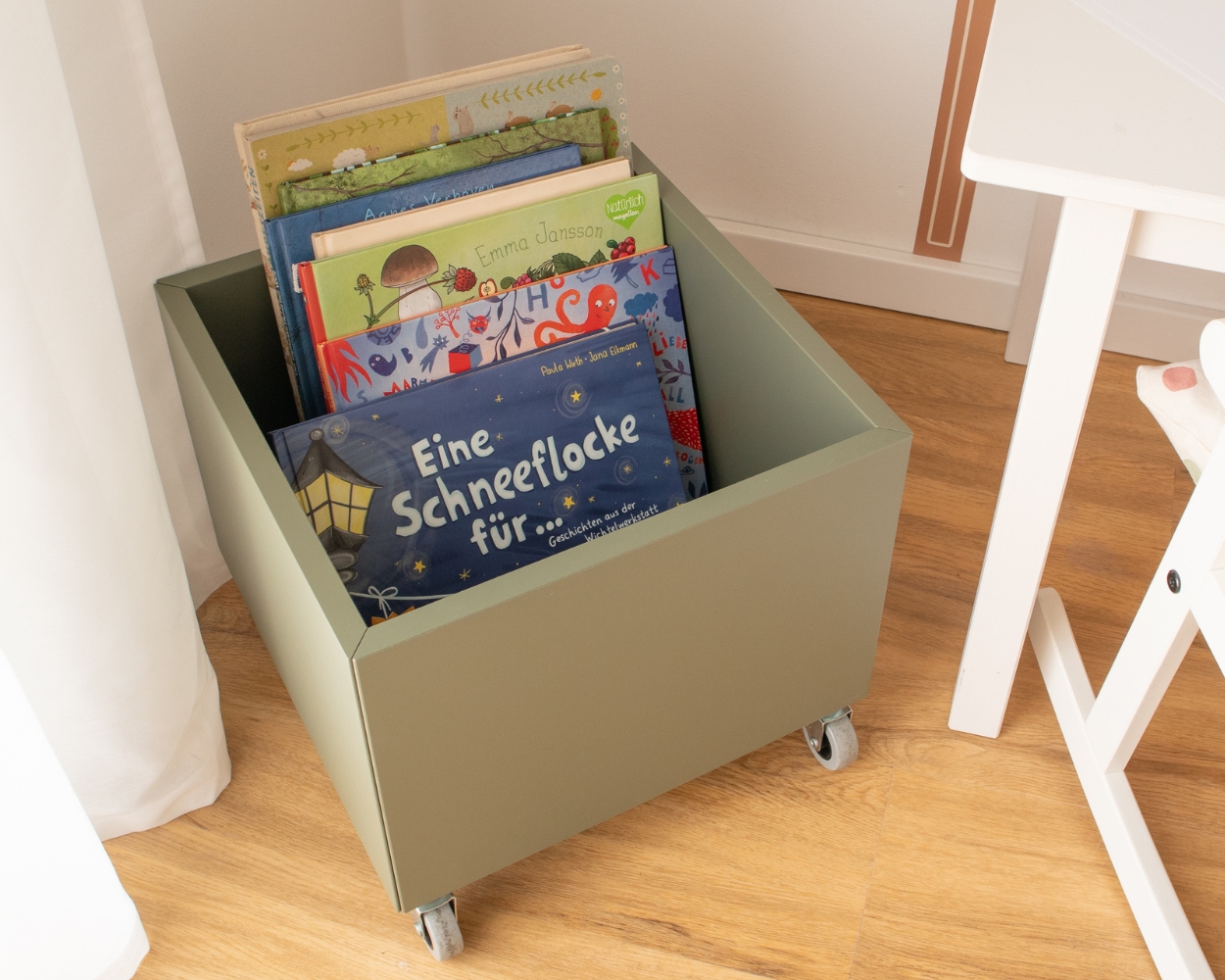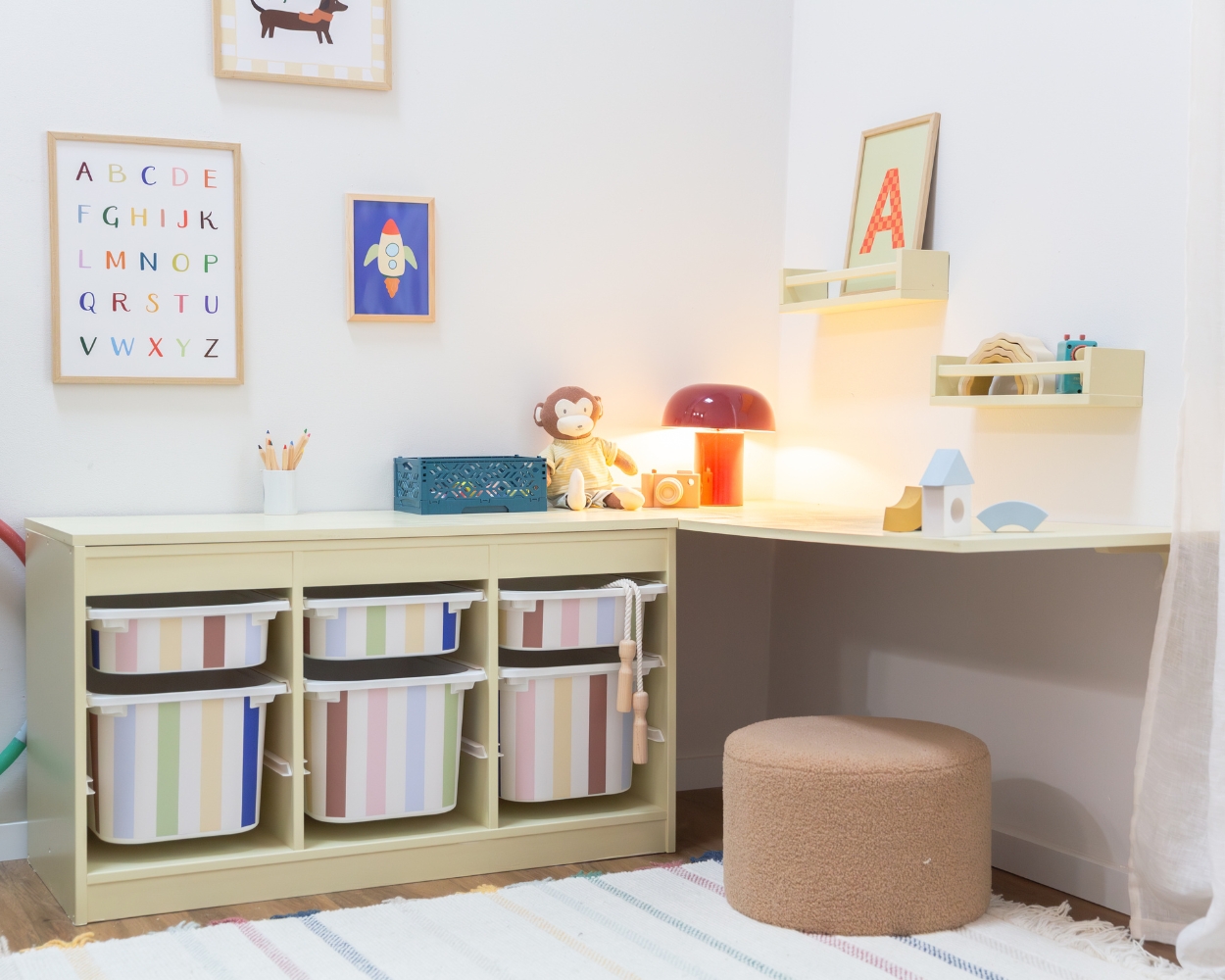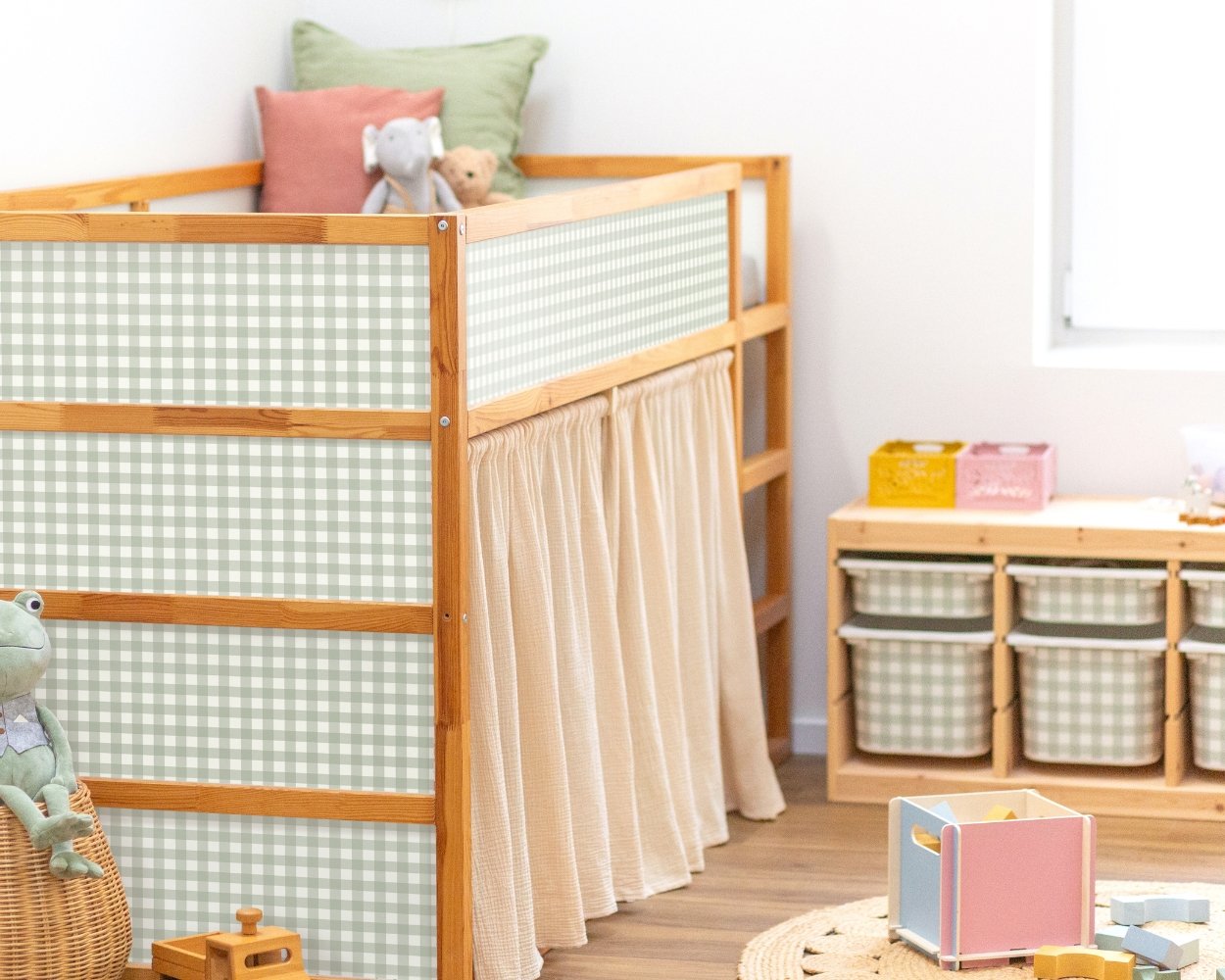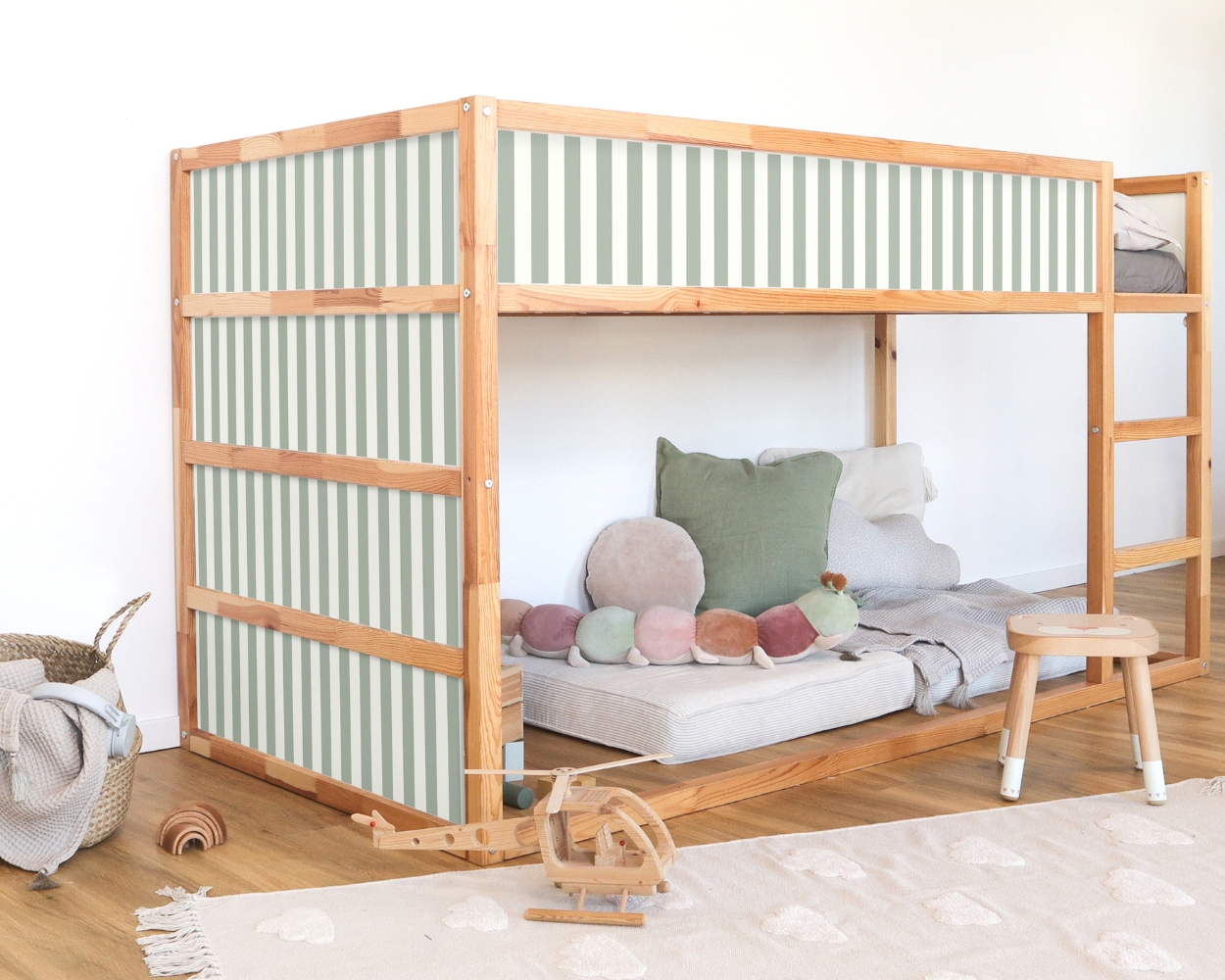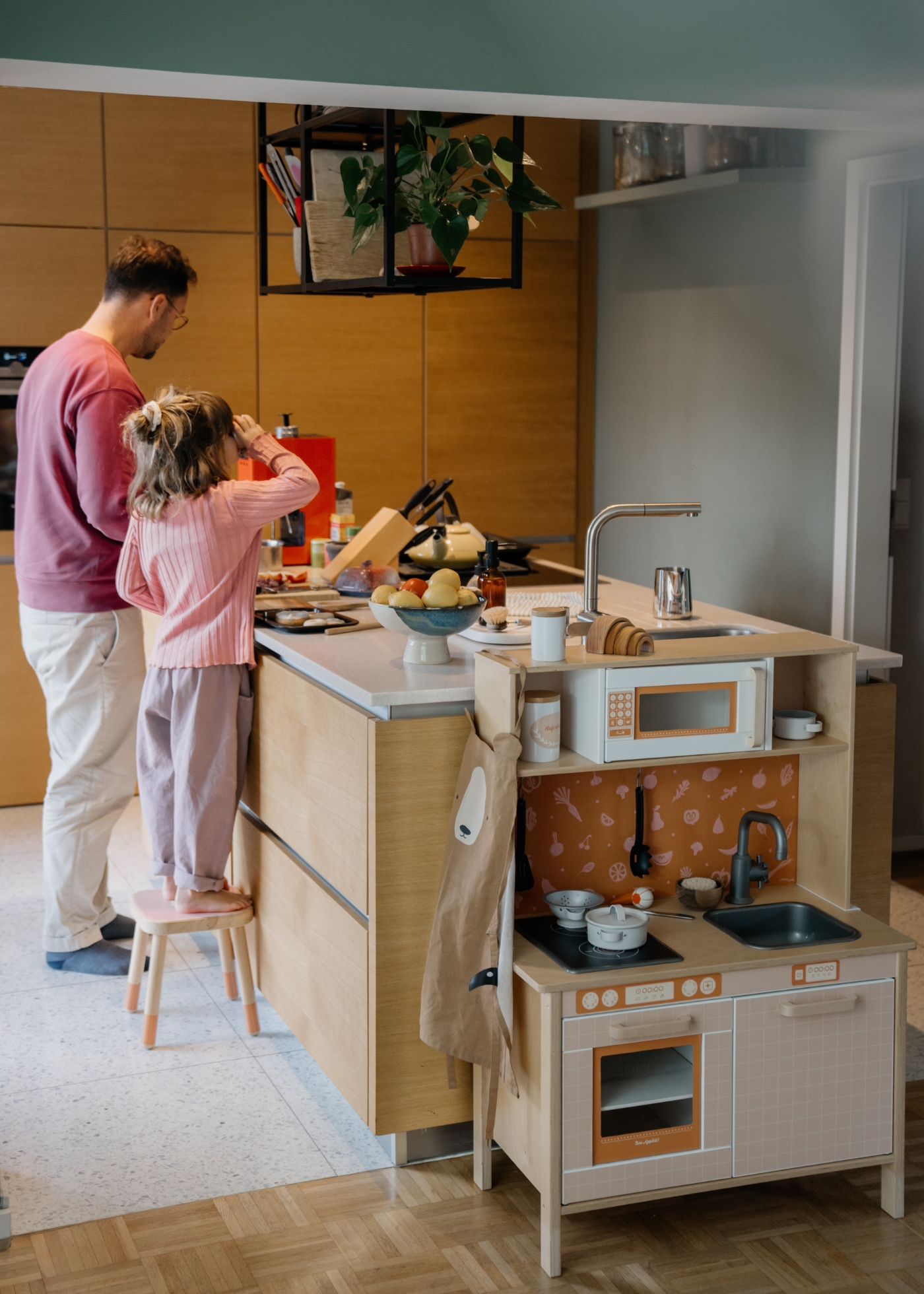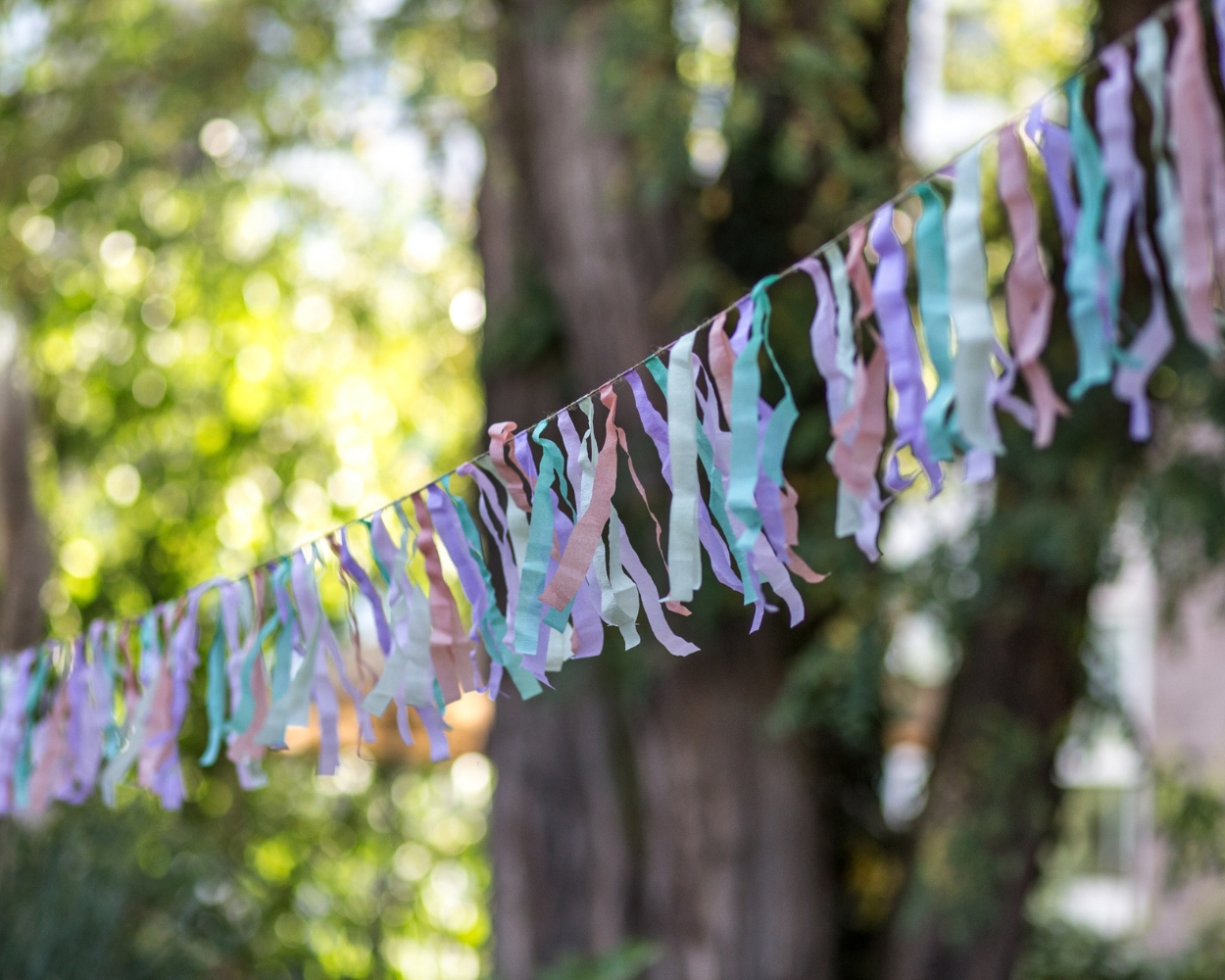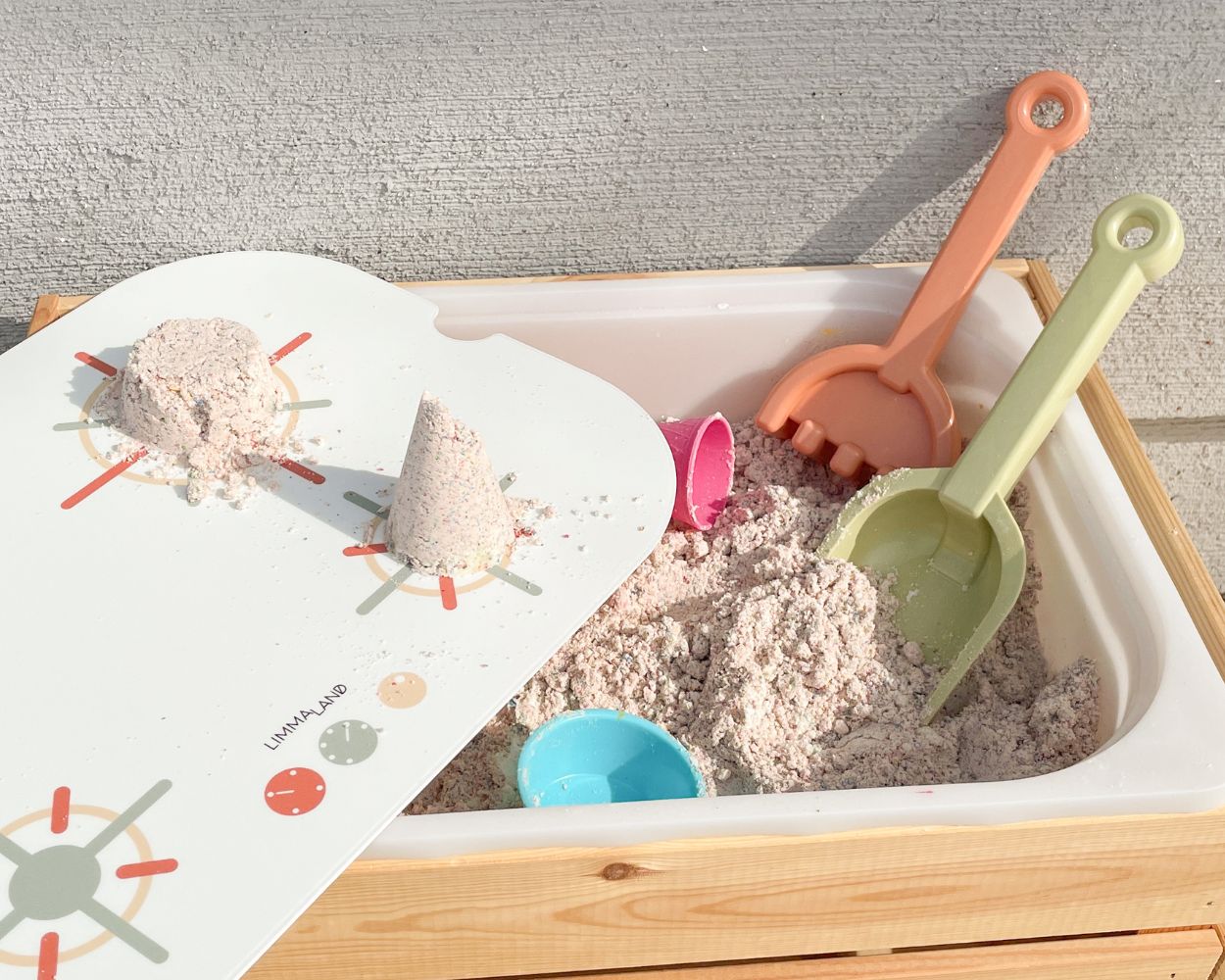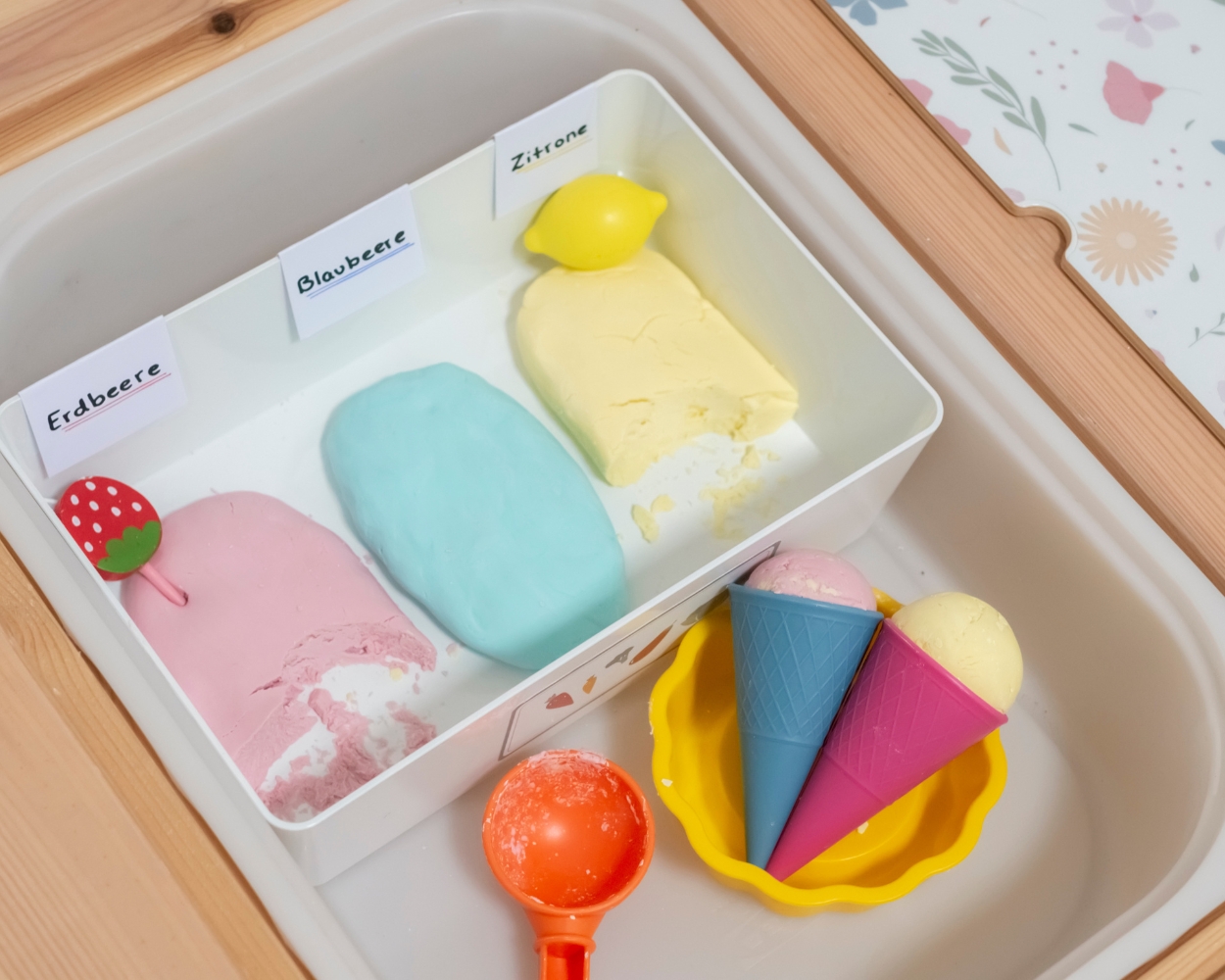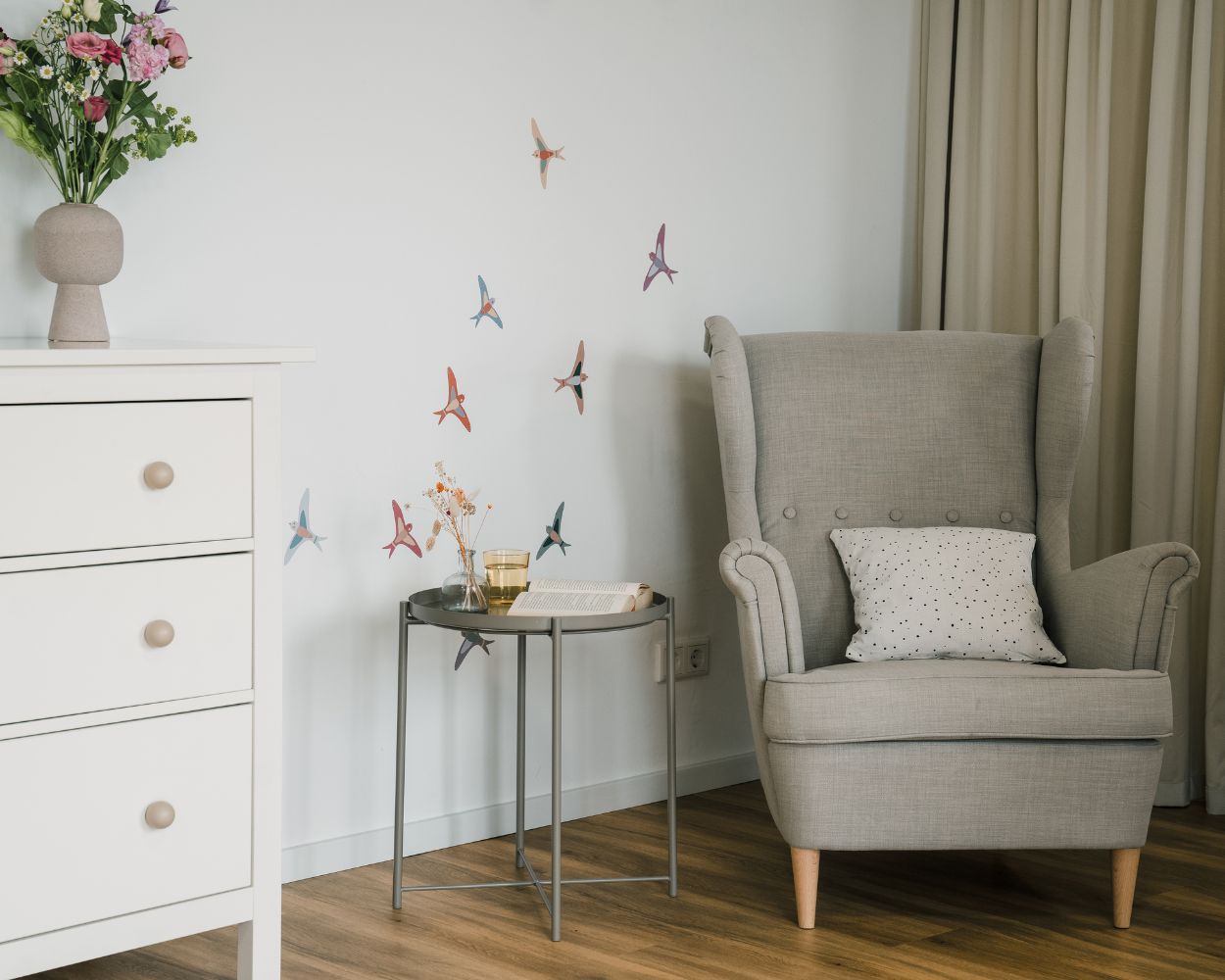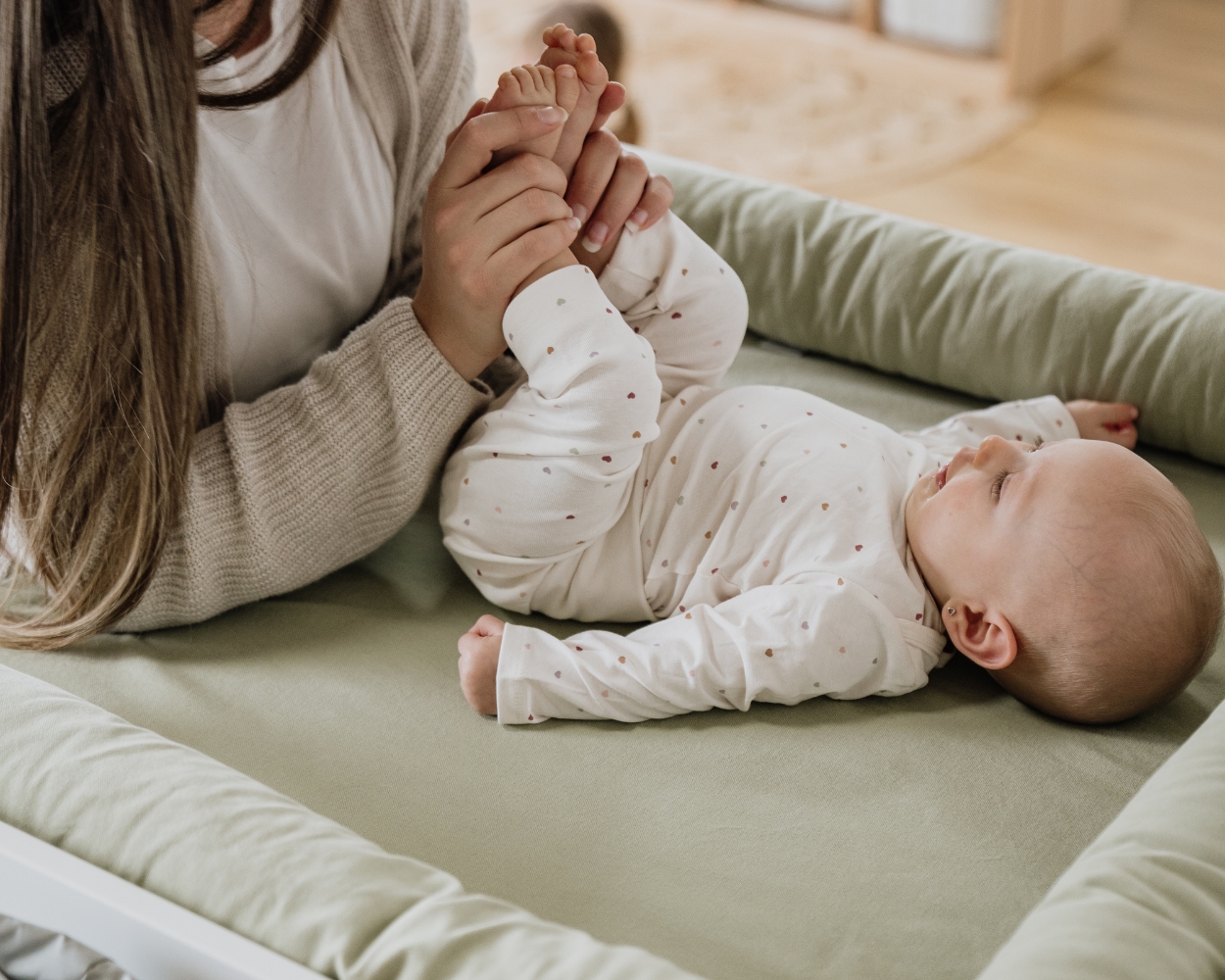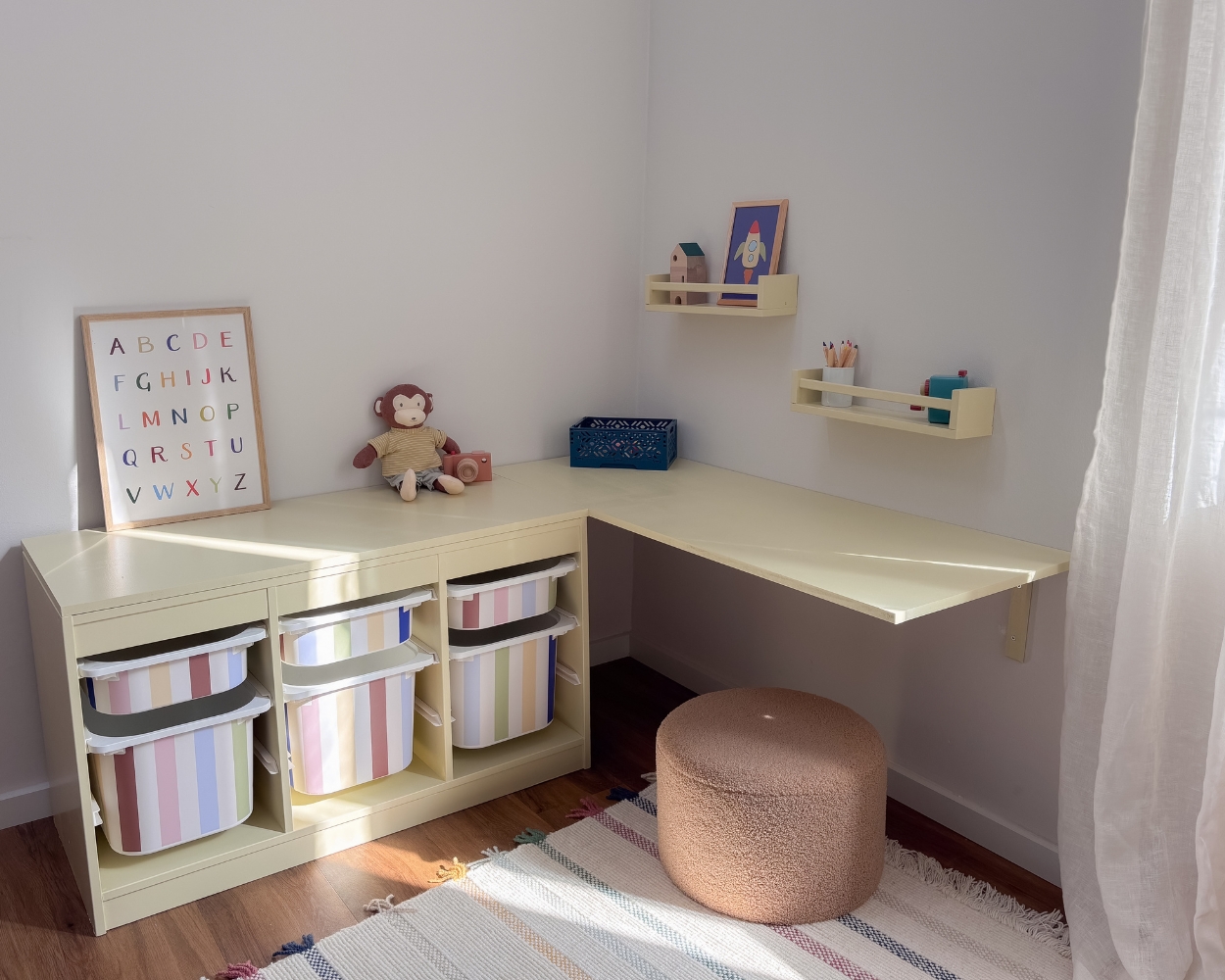
Painting IKEA furniture: Tips for paints and varnishes in the children's room

Painting IKEA furniture in the children's room - tips on colours, paint & DIY
Old or dull IKEA furniture can be transformed into real children's room gems with a little paint! But be careful: with the wrong technique or colour, the DIY project can quickly go wrong. Which colours are suitable for children's rooms? When do you need paint instead of wall paint - and is a primer really necessary? We have collected all the tips and tricks to help you paint your IKEA furniture safely and add a creative touch. This way, every piece of furniture becomes a personal favourite for your home!
Paint or varnish - what's the difference?
Paint is often opaque and matt and primarily provides a fresh, colourful look. It is ideal if you want to quickly spice up pieces of furniture or creatively design individual surfaces. Lacquer, on the other hand, forms a harder, glossy surface that is particularly robust and well suited to furniture that is subject to heavy use - perfect for drawer, tables or shelves in the children's room. There are also water-based and solvent-based variants: Water-based paints and varnishes smell less, dry faster and are more suitable for children's rooms. This way, you can ensure that your DIY project is not only pretty, but also durable and safe.
💡 DIY hack: use the colour mixing service
Do you have a favourite colour in mind that you want to match perfectly in your child's room? Or would you like to match a piece of furniture to the rest of the interior? Many DIY stores now offer a practical colour mixing service: Simply bring along a sample, a colour card or a favourite piece - the machine scans the colour and creates the right shade for you. Many suppliers also allow you to select and combine your desired colours online, so that you get the exact colour for your project.
Step 1: Sanding before varnishing
For veneered furniture, it is advisable to roughen the surfaces with fine sandpaper and then remove the sanding dust so that the varnish or paint can adhere optimally later. It is important to note that you do not need to sand everything down, it is sufficient to roughen the surface.
Step 2: Painting
If you want to be on the safe side, the first step after sanding is to apply a primer. Depending on the previous colour of your furniture and what you want to paint over it, you can also skip this step. Then apply one or two coats of varnish or paint. It is best to use a paintbrush to paint corners and edges. When painting smooth surfaces, you will get the best result with a paint roller.
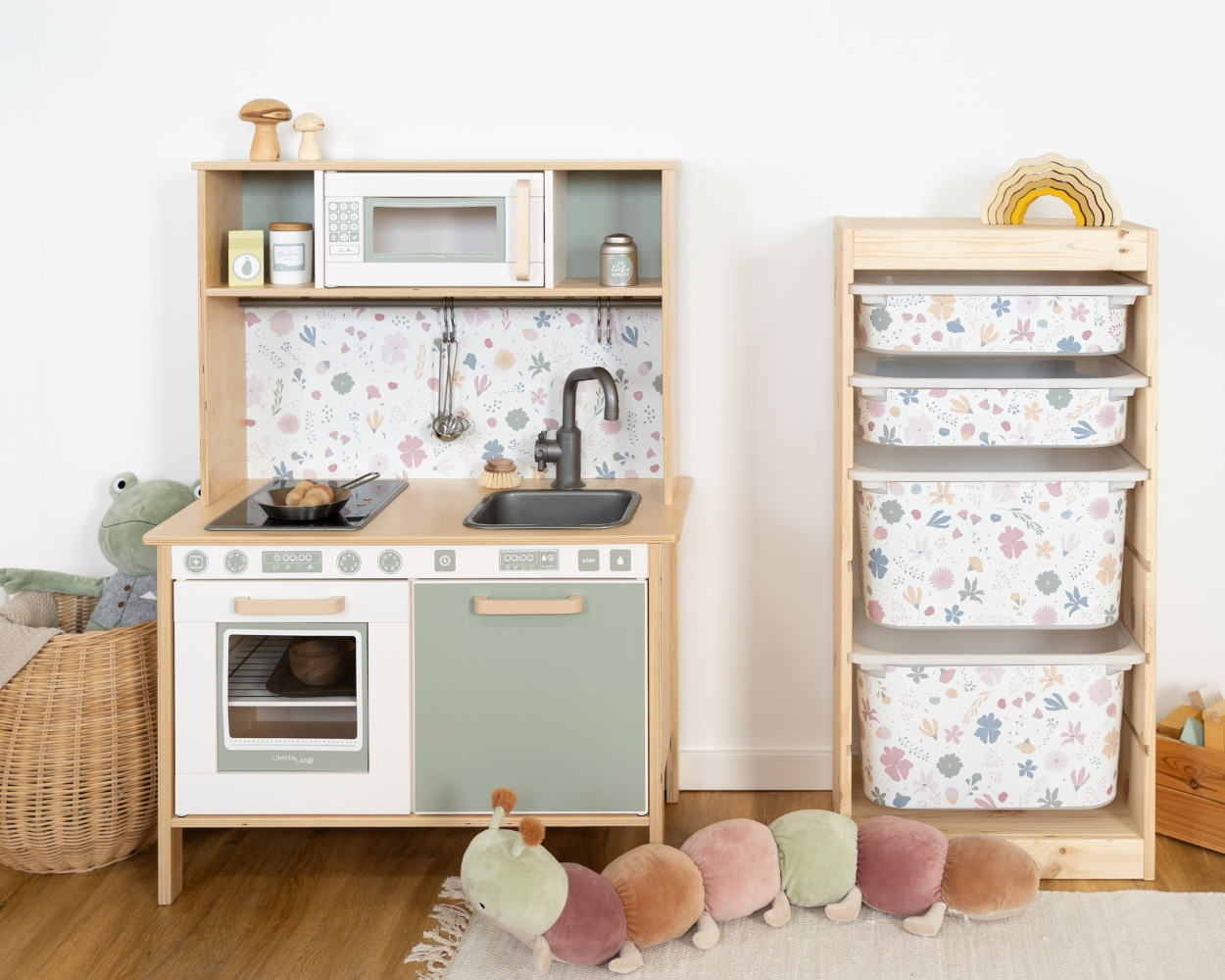
Don't fancy painting?
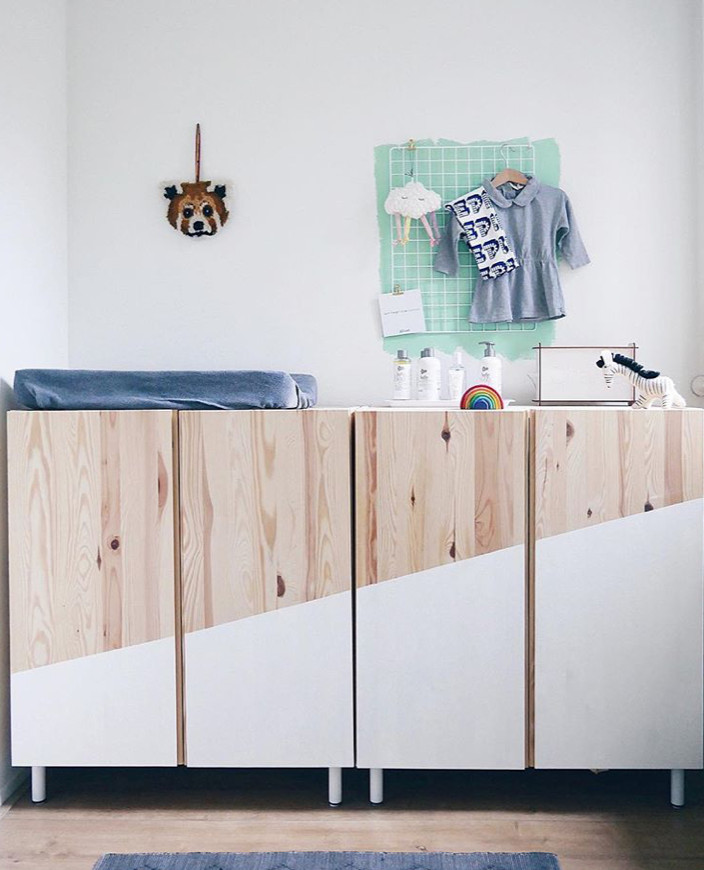
Step 1: Prepare the pine wood
Simply roughen the surfaces with fine sandpaper. You do not need to sand the entire surface. You should mask off the areas that are to remain uncoloured with adhesive tape.
Step 2: Prime the wood
Additional priming is only recommended when painting untreated/unfinished wood with a white or very light-coloured varnish, as untreated wood can release wood-based materials that can make the surface appear yellowish in colour. Otherwise, the lacquer can usually be applied straight away.
Step 3: Varnish the furniture
Pour some varnish into your varnish tray. Prepare the corners and edges with a paintbrush and use a paint roller to achieve the best finish on the straight surfaces. When painting, make sure that you apply the paint evenly. | Image source: @xavi.charlie.and.me
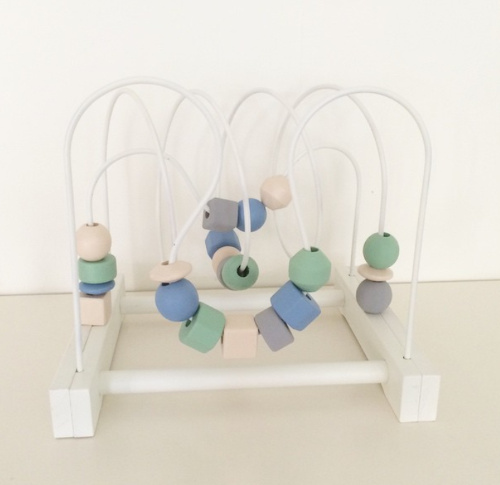
Can I paint children's toys without hesitation?
As previously mentioned, the paint from KOLORAT is well suited for use in children's rooms as it is highly scratch and impact resistant and is also diffusible and resistant to standard household cleaning agents and disinfectants. Even the classically colourful IKEA MULA gets a special look with a little brushstroke. | Image source: @marie_sverndal
Painting IKEA furniture - the best alternatives
if you don't want to go to all the trouble of varnishing and painting, you can also use furniture foil or wall stickers! Because these are available in many different patterns as yard goodscustomised furniture foil, e.g. for the IKEA KURA bunk bed,for the DUKTIG play kitchen or yard goods for the entire IKEA range make the simple IKEA furniture an individual highlight in the children's room or in the whole home.

